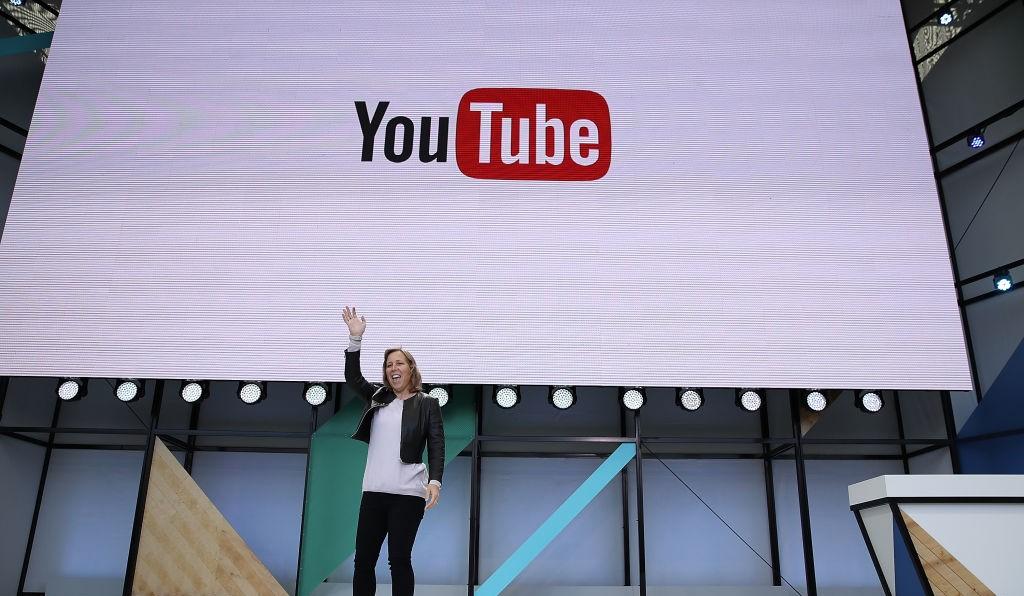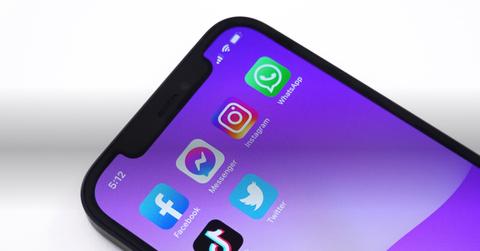Supreme Court to Test Social Media Protections — Section 230, Explained
The U.S. Supreme Court is preparing to hear a case that could test protections for social media companies under a provision called Section 230.
Oct. 4 2022, Published 11:28 a.m. ET
The U.S. Supreme Court is preparing to hear a case that could test protections for social media companies. The provision at the center of the case is Section 230 of the Communications Decency Act (CDA).
Here’s how Section 230 protects social media companies from liability for the free speech of its users, plus how that standard is being put to the test in an upcoming case in the High Court.
What is Section 230, and why is it coming up again?

YouTube CEO Susan Wojcicki
Section 230 is a provision within the CDA, which first became law in 1996. At its core, the CDA makes unlawful the act of anonymously harassing, annoying, abusing, or threatening someone via digital communications. While the bill initially focused on telephone communication, the CDA quickly expanded it to include the internet and, by extension, social media.
That’s where Section 230 comes into play. Section 230 reads, “No provider or user of an interactive computer service shall be treated as the publisher or speaker of any information provided by another information content provider."
In plain English, the provision says social media companies or other online hosts of communication-enabled platforms aren't at fault for what their users say and do. The provision states that it protects Internet Service Providers (ISPs) as well as “interactive computer service providers,” a broad term including any platform that posts third-party content that isn't on its own behalf.
Section 230 isn't the reason why your favorite YouTuber and Instagram influencer is able to upload videos and content that’s opinionated and potentially even hateful. However, it's the reason why social media companies aren’t typically held accountable by the law for what those same internet influencers share.
However, that all could change as the Supreme Court prepares to try a case that alleges Google’s responsibility for certain terrorist propaganda on its subsidiary platform YouTube.
Section 230 may not protect Google and others in the Supreme Court.
While Section 230 has been the status quo for decades, that could change as a case testing social media protections prepares to hit the High Court stage.
The family of the late Nohemi Gonzalez, who was one of five killed in Paris during an Islamic State terrorist attack in 2015 (Gonzalez was 23 years old at the time), alleges Google-owned YouTube is at fault.
The lawsuit rests on the Anti-Terrorism Act (ATA) and states, “The complaints allege that defendants’ social media platforms allowed ISIS to post videos and other content to communicate the terrorist group’s message, to radicalize new recruits, and to generally further its mission. Plaintiffs also claim that Google placed paid advertisements in proximity to ISIS-created content and shared the resulting ad revenue with ISIS.”
At just 26 words, Section 230 has directed the fate of the internet. However, Section 230 could be at risk if the Supreme Court rules in favor of the plaintiffs. The High Court has also said it would try another cause surrounding the issue, Nawras Alassaf vs. Twitter, Facebook, and Google — leaving even more room for a shift in legal standards of the internet.

